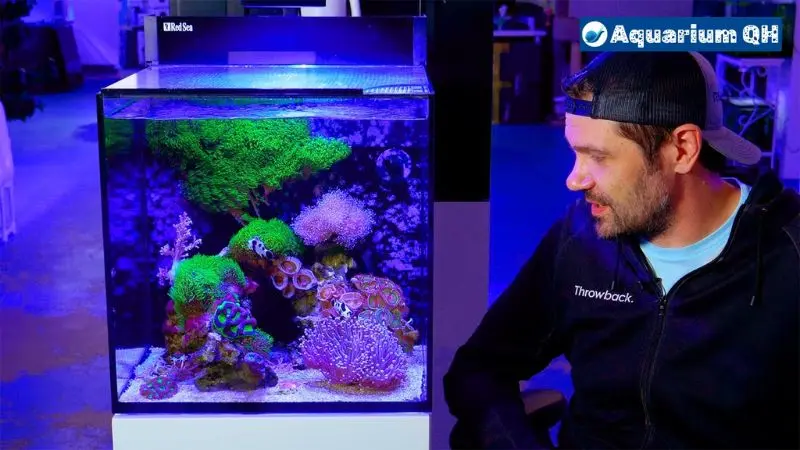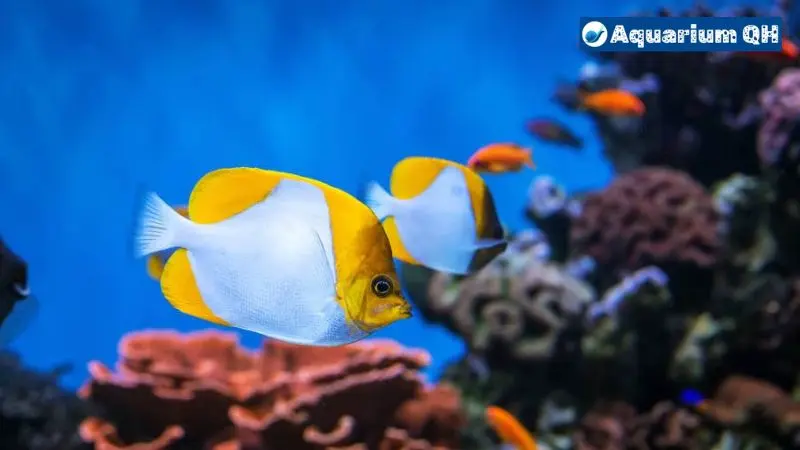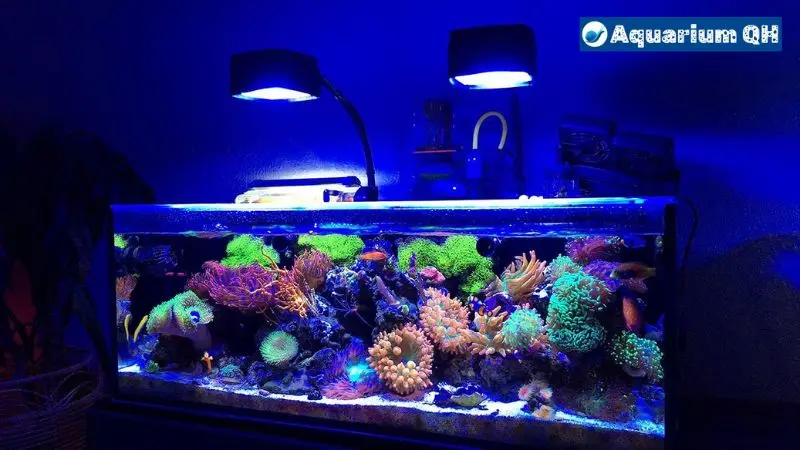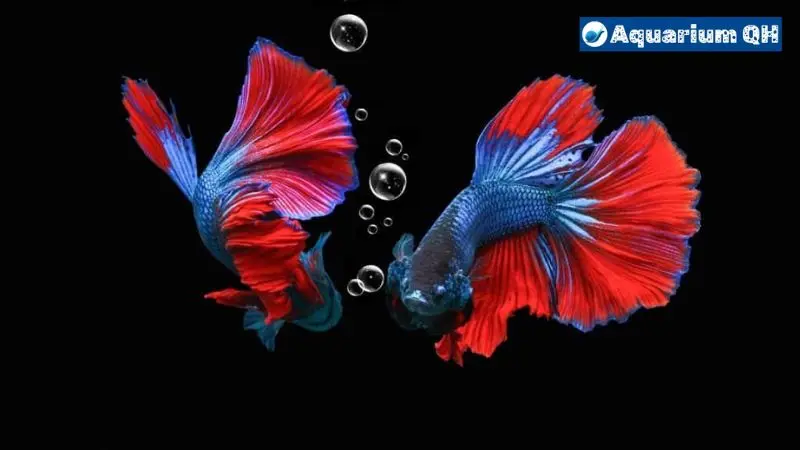Introduction To Blue Light And Its Impact On Fish Health

Blue light is a type of visible light with a shorter wavelength and higher energy compared to other colors in the spectrum. In recent years, researchers have started to investigate the effects of blue light on fish health, as it has been found to have various impacts on their behavior, physiology, and overall well-being. Studies have shown that exposure to blue light can influence fish circadian rhythms, hormone production, stress levels, and even immune function.
As more aquariums and aquaculture facilities incorporate blue light into their lighting systems for aesthetic purposes or to enhance growth rates, it is crucial for fish enthusiasts and professionals alike to understand how this type of light can affect the health and welfare of aquatic species. By gaining a better understanding of the potential risks and benefits associated with blue light exposure, Aquarium QH sure that you can make informed decisions to promote the health and vitality of our aquatic friends.
How Blue Light Affects Fish Behavior And Physiology

Blue light has been shown to have a significant impact on fish behavior and physiology. Research indicates that exposure to blue light can alter the activity levels, feeding patterns, and reproductive behaviors of fish species. Blue light has also been found to influence the physiological processes of fish, such as hormone regulation and immune function. For example, studies have shown that blue light can affect the production of melatonin in fish, which plays a crucial role in regulating their circadian rhythms and stress responses.
Additionally, exposure to blue light has been linked to changes in fish metabolism and growth rates. Overall, understanding how blue light affects fish behavior and physiology is important for maintaining the health and well-being of aquatic ecosystems.
Potential Risks Of Overexposure To Blue Light For Fish

Overexposure to blue light can have detrimental effects on the health of fish. One potential risk is disrupted circadian rhythms, which can lead to stress and behavioral changes in fish. This disruption can affect their feeding patterns, reproduction, and overall well-being. Additionally, prolonged exposure to blue light can cause damage to the eyes of fish, leading to vision problems and decreased ability to navigate their environment.
Another risk is the suppression of melatonin production, a hormone that regulates sleep and immune function in fish. This can weaken their immune system and make them more susceptible to diseases and infections. Overall, overexposure to blue light can have serious consequences for the health and survival of fish in both natural and captive environments.
Tips For Managing Blue Light In Your Fish Tank
When it comes to managing blue light in your fish tank, there are a few key tips to keep in mind. First, consider using a timer to regulate the amount of blue light your fish are exposed to each day. This will help mimic their natural environment and prevent overexposure. Additionally, be mindful of the intensity of the blue light in your tank and adjust as needed to ensure it is not too harsh for your fish.
Providing ample hiding spots and plants in your tank can also help give your fish a break from the blue light when needed. Lastly, regularly monitor your fish for any signs of stress or discomfort that may be related to the blue light exposure, and make adjustments accordingly. By following these tips, you can effectively manage blue light in your fish tank and promote the health and well-being of your aquatic friends.




